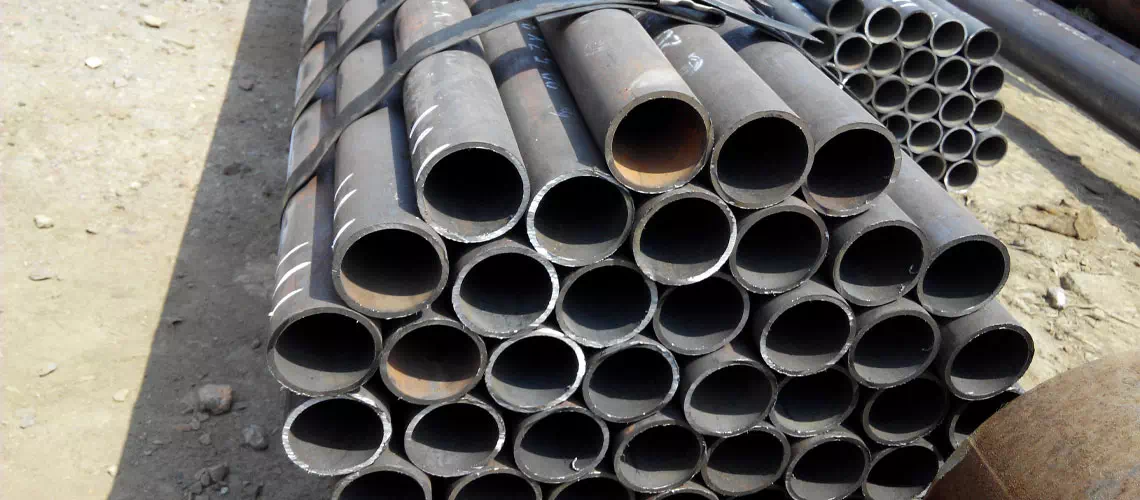Feb 01, 2024
AS1450
The Standard specification for steel pipes for mechanical use is a set of detailed guidelines designed to ensure the quality, performance and safety of steel pipe products.
Get a free quote quickly!
Feb 01, 2024
The Standard specification for steel pipes for mechanical use is a set of detailed guidelines designed to ensure the quality, performance and safety of steel pipe products.
The Standard specification for steel pipes for mechanical use is a set of detailed guidelines designed to ensure the quality, performance and safety of steel pipe products. These standard specifications cover all aspects of the manufacturing process to the final product supply, ensuring the consistency and reliability of the steel pipe to meet the needs of the machinery industry.
According to this standard specification, steel pipes can be produced by two main forming processes: cold forming and hot forming. Cold forming refers to the process of bending steel tubes into the desired shape by mechanical pressure at room temperature, and this method is suitable for some materials that do not require heat treatment. Thermoforming is carried out under high temperature conditions, which usually involves heating the steel pipe to a certain temperature to make it easier to bend and form, and is suitable for situations where the material properties need to be improved or the microstructure adjusted.
This standard specification is applicable to steel pipes of various sectional shapes, including round, square, rectangular and unconventional non-circular sections. These steel pipes are mainly made of carbon steel and carbon manganese steel, which are widely used in the machinery industry because of their good mechanical properties and cost effectiveness.
Production and supply requirements are at the heart of this specification, ensuring the quality and performance of steel pipes throughout the supply chain. These requirements include, but are not limited to, material selection, chemical composition, heat treatment process, molding technology, dimensional accuracy, surface treatment, inspection methods and packaging standards. By following these requirements, manufacturers are able to produce high-quality steel tubes that meet the requirements of mechanical applications, thus guaranteeing their performance and reliability in mechanical systems.
In short, the standard specification for mechanical steel pipes is the key to ensuring product quality and performance, and it provides a comprehensive set of guiding principles for the production, inspection and supply of steel pipes to meet the strict requirements of the machinery industry. By adhering to these specifications, manufacturers and suppliers are able to provide steel tubes that meet industry standards, ensuring their safety and effectiveness in a variety of mechanical applications.
Chemical Composition
Grade | Type of analisis | C | Si | Mn | P | S | Carbon |
C200 abd H200 | cast | 0.15 | 0.05 | 0.05 | 0.29 | ||
product | 0.19 | 0.06 | 0.06 | ||||
C250 and H250 | cast | 0.25 | 0.40 | 0.04 | 0.04 | 0.44 | |
product | 0.29 | 0.45 | 0.05 | 0.05 | |||
C350 and H350 | cast | 0.22 | 0.50 | 1.60 | 0.04 | 0.04 | 0.49 |
product | 0.26 | 0.55 | 1.70 | 0.05 | 0.05 | ||
C450 | cast | 0.25 | 0.40 | 0.04 | 0.04 | 0.44 | |
product | 0.29 | 0.45 | 0.05 | 0.05 |
Mechanical Properties
Grade | Minimum yield | Minimum tensile | Minimum elongation as a proportion ofgauge length | |
Circular tube | Non-circular tube | |||
C200 abd H200 | 200 | 320 | 24 | 20 |
C250 and H250 | 250 | 350 | 22 | 18 |
C350 and H350 | 350 | 450 | 20 | 16 |
C450 | 450 | 500 | ||
